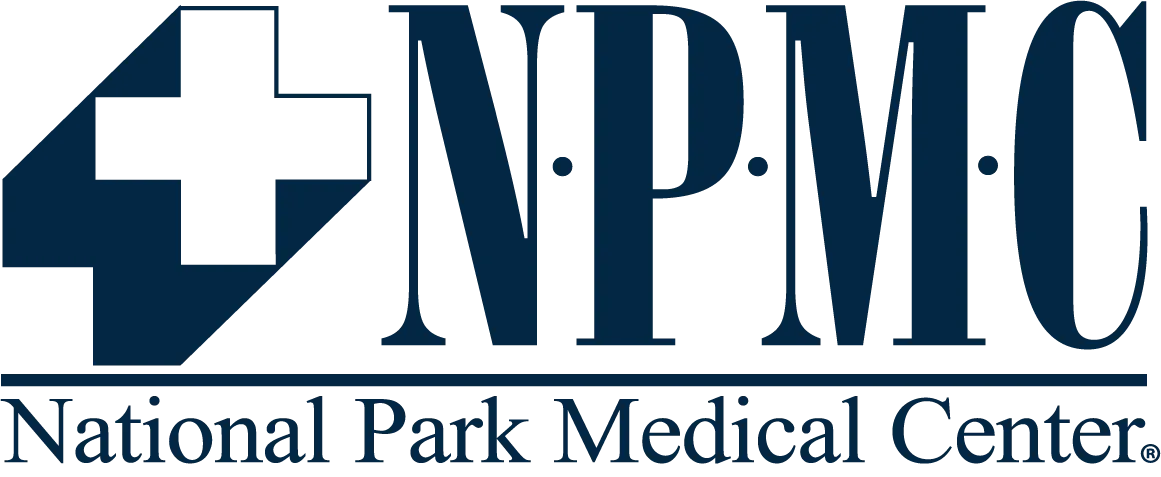News
-
.jpg)
Is It a Cold, the Flu, or Something Else? How to Tell the Difference
November 25, 2025When your child starts coughing, sneezing, or running a fever, it can be hard to know what you’re dealing with. As the seasons change and kids head back to school or daycare, coughs and sniffles start making the rounds. Here in Hot Springs, AR, that often leaves parents asking: is it just a cold, or something more serious like the flu, RSV, or…
Learn more -

NPMC RN Stresses the importance of routine mammograms
October 21, 2025For Ruth Overstreet a close call was all it took to remind her that routine mammograms save lives.
Learn more -
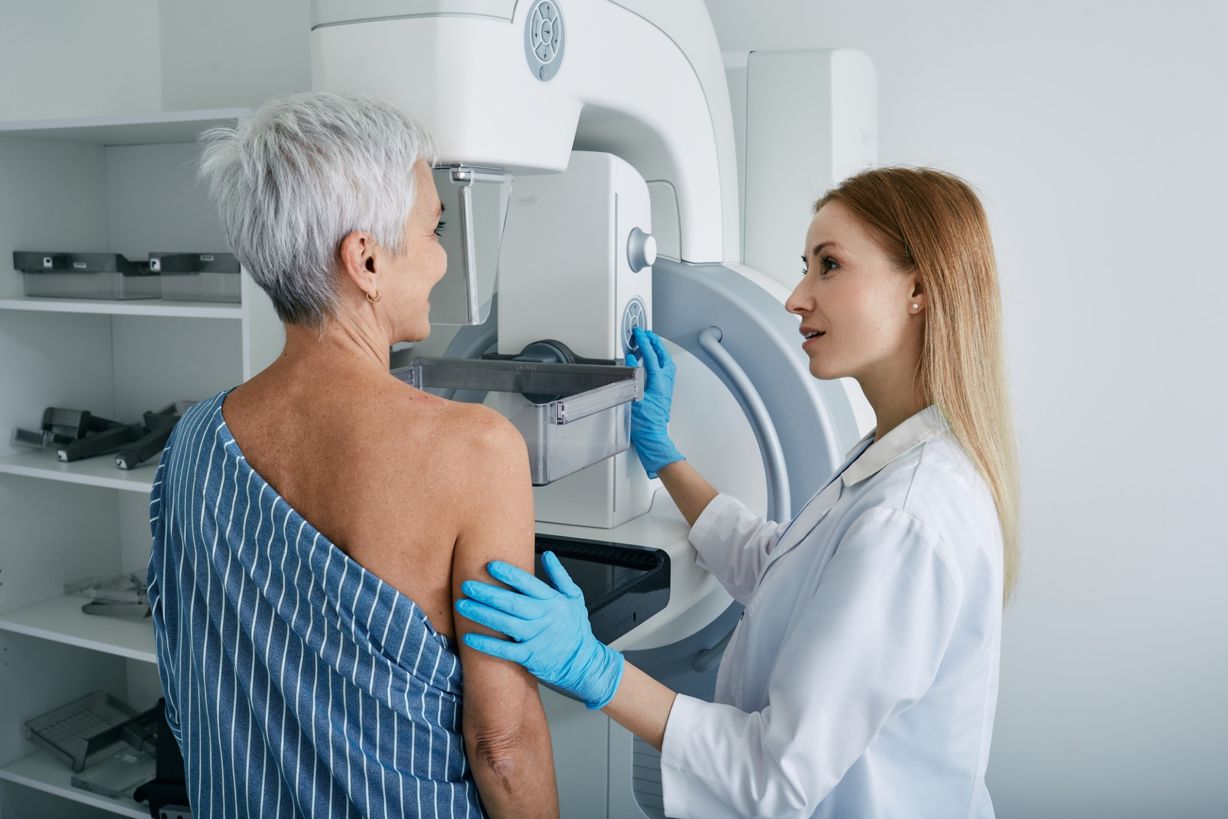
What Does Breast Cancer Look Like in Its Early Stages?
October 21, 2025Breast cancer is one of the most common cancers in women, and early detection can dramatically improve outcomes. But what does breast cancer actually look like in its earliest stages? It’s not always a visible lump – early signs can be subtle, and knowing what to watch for can make all the difference. Below are some common early signs and symptoms to be…
Learn more -
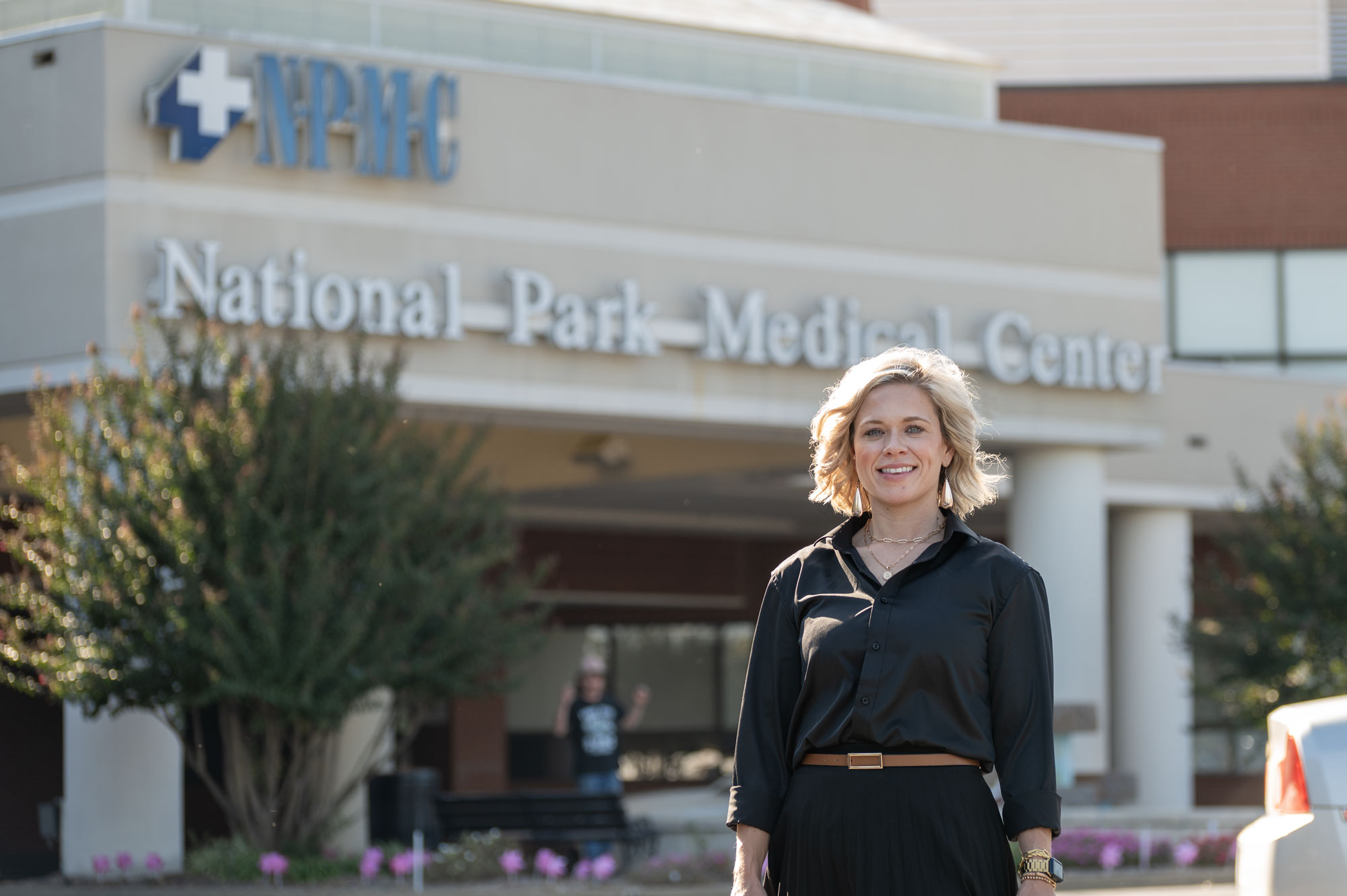
NPMC names Nichole Reed as CNO
October 16, 2025National Park Medical Center has named Nichole Reed as Chief Nursing Officer. The role of CNO works to ensure quality care, staffing and resource management, patient advocacy, quality improvement, education and training of nursing staff, and collaboration with multidisciplinary teams.
Learn more -
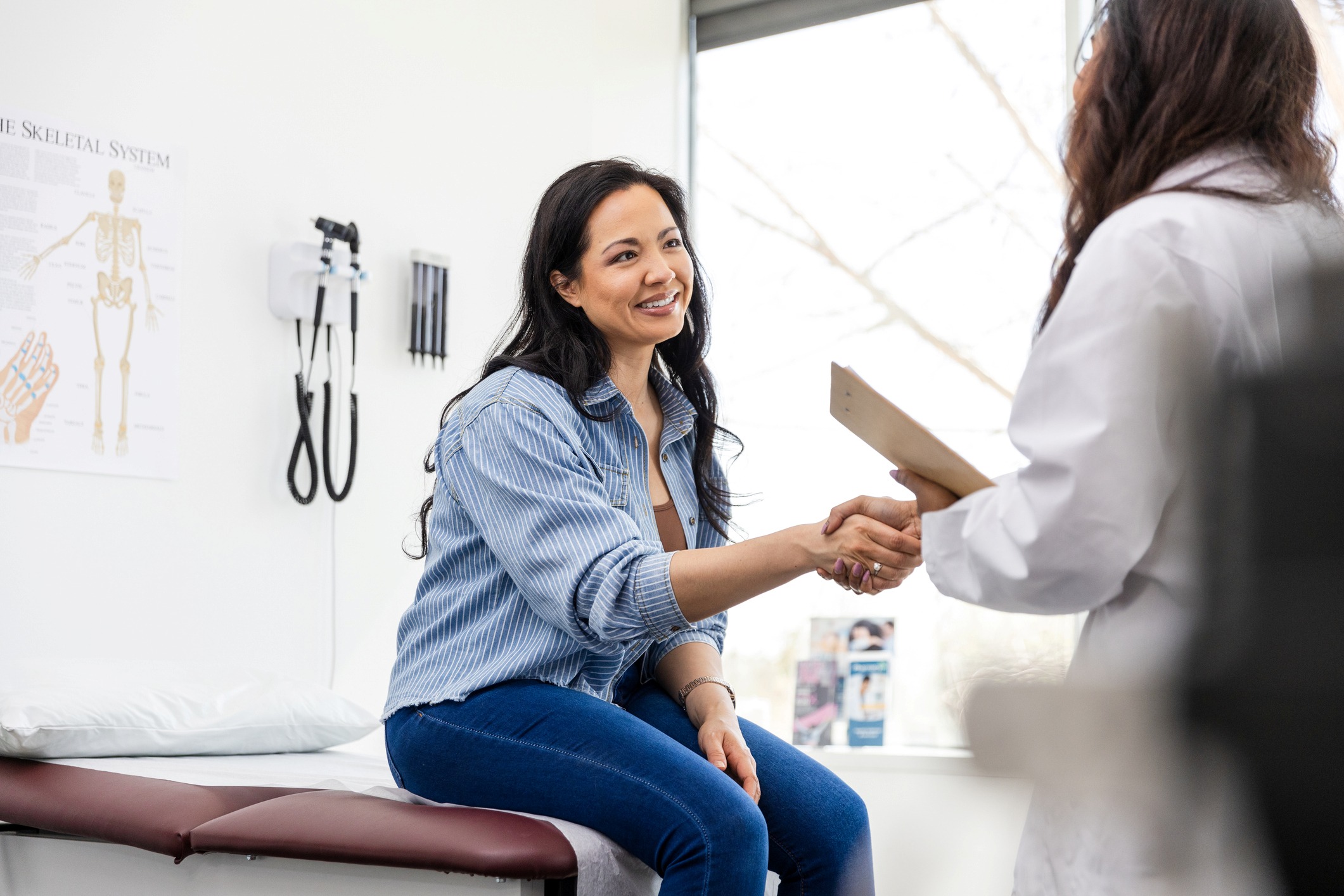
Why You Shouldn’t Skip Your Annual Physical: Screenings That Save Lives
September 26, 2025Many people put off their annual physical, if they feel fine, there’s no urgent need to visit the doctor. But skipping your yearly check-up can mean missing the early signs of serious conditions that are often treatable if caught early. At National Park Medical Center, we believe prevention is just as important as treatment. Your annual physical is a…
Learn more -
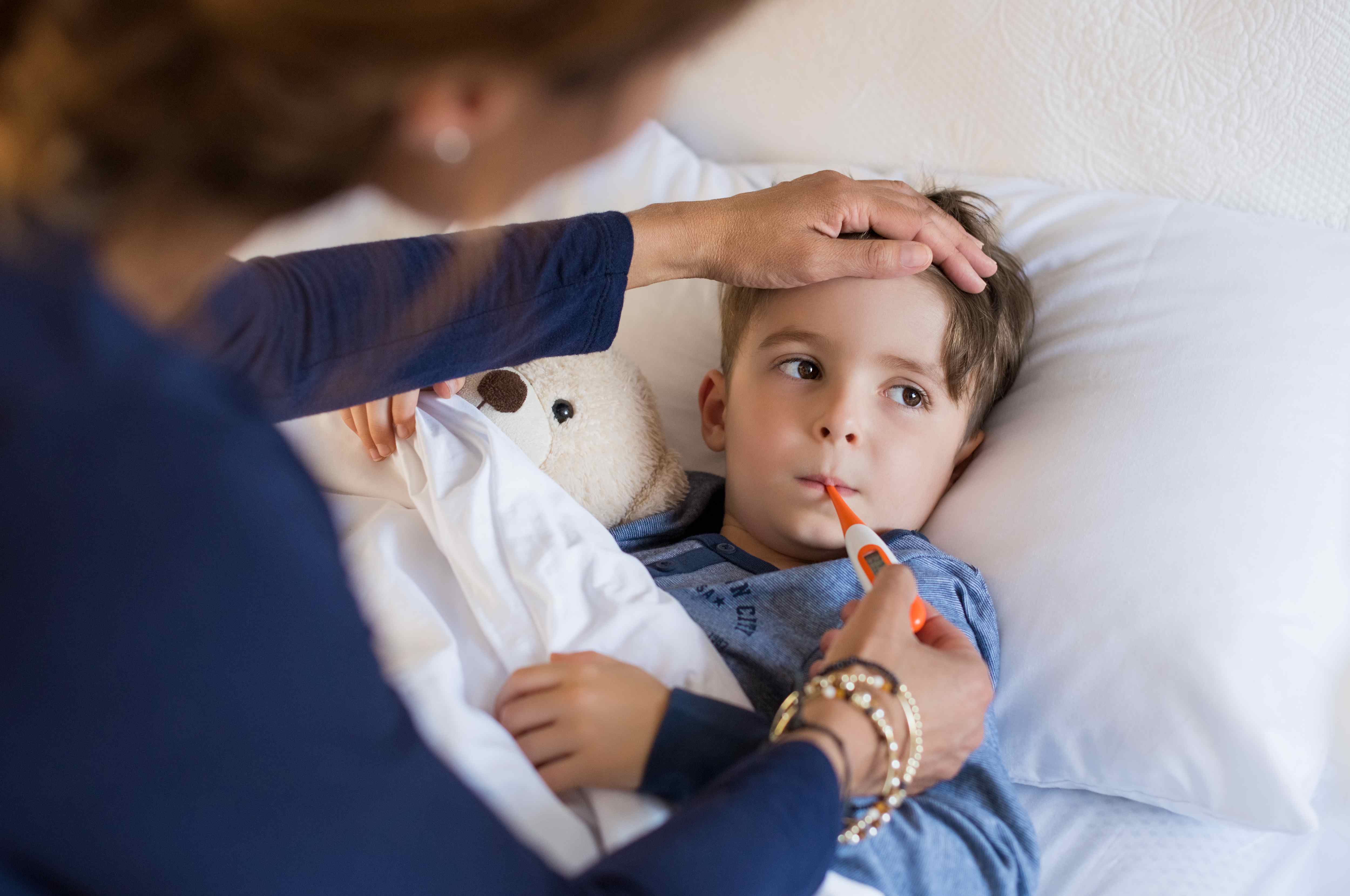
How to Protect Your Child from Fall Viruses like Flu, RSV, and COVID
September 03, 2025In warmer parts of the country like Hot Springs, AR , respiratory virus season can begin as early as September and stretch well into the winter. With kids back in school, viruses like flu, RSV, and COVID-19 start spreading quickly – especially among young children whose immune systems are still developing. As a parent, you can take steps now to help…
Learn more -

National Park Medical Center welcomes Stephanie Heffer to its board of directors
August 20, 2025National Park Medical Center is pleased to announce Stephanie Heffer has joined its board of directors. Heffer is the VP, Private Banking Advisor with Arvest in Hot Springs Village and is deeply involved in both the Hot Springs and Hot Springs Village communities.
Learn more -
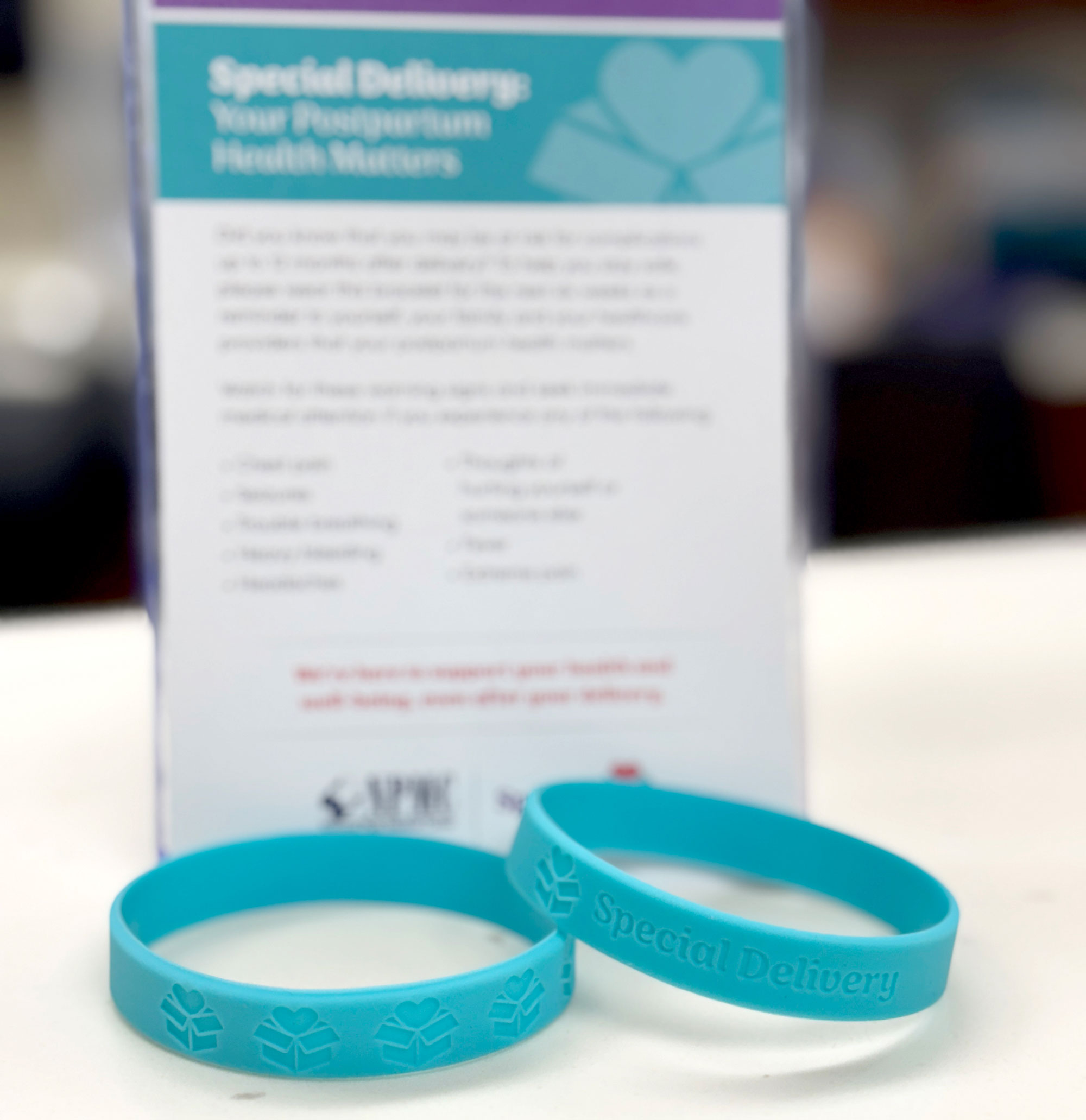
Arkansas hospitals introduce Special Delivery program
August 05, 2025New initiative aimed at improving postpartum care, reducing maternal mortality
Learn more -
.jpg)
Why Mosquito-Borne Illnesses Are on the Rise — and How to Protect Yourself
August 01, 2025Warmer weather and standing water are fueling a surge in mosquito-borne diseases. Here’s what you need to know and how to prevent them.
Learn more -
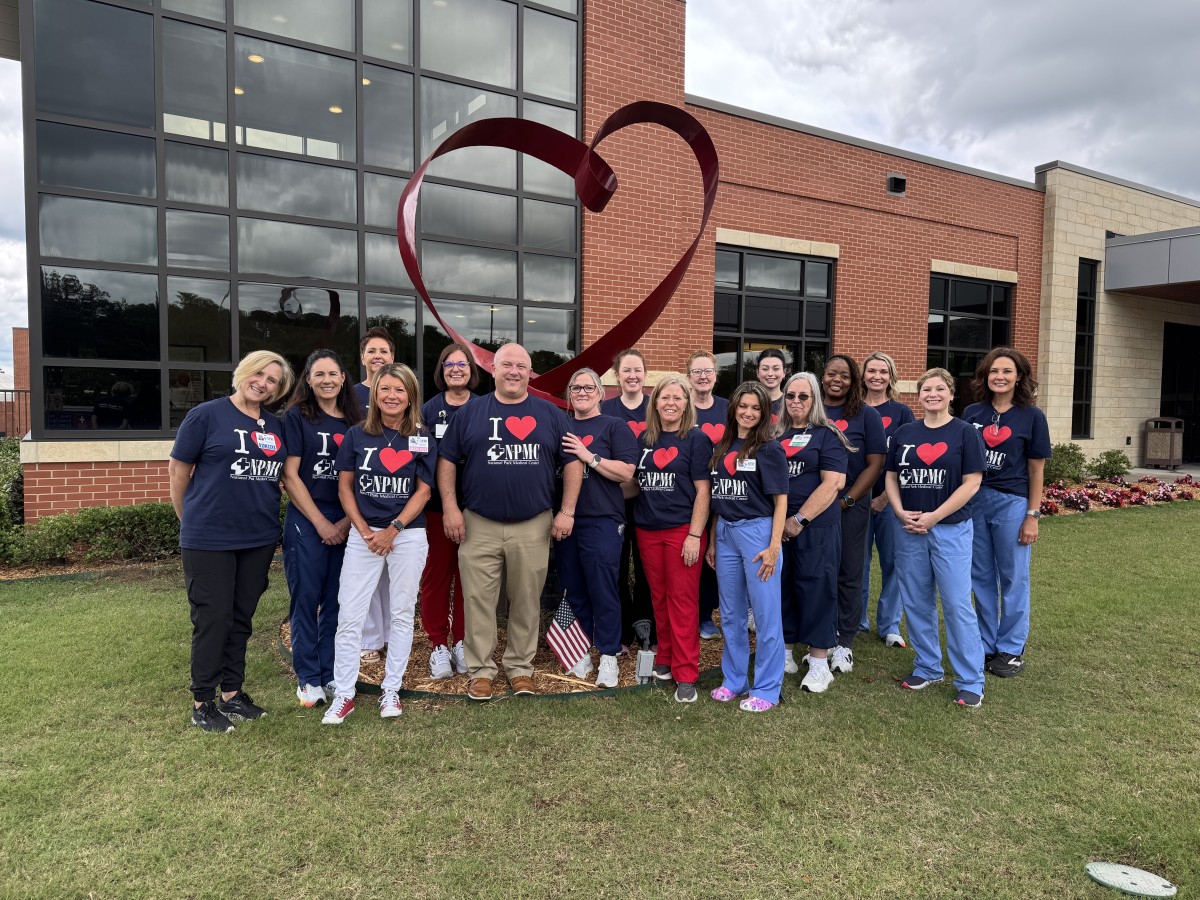
NPMC’s Heart and Vascular Center of Central Arkansas recognized with silver performance award
July 01, 2025National Park Medical Center’s Heart and Vascular Center of Central Arkansas has received the American College of Cardiology’s NCDR Chest Pain ̶ MI Registry Silver Performance Achievement Award for 2025. NPMC is one of only 79 hospitals nationwide to receive the honor.
Learn more -

National Park Medical Center to welcome General Surgery APRN
June 26, 2025National Park Medical Center is pleased to announce the addition of Family Nurse Practitioner Brittney Shanek to its team at National Park Surgery Specialists.
Learn more -
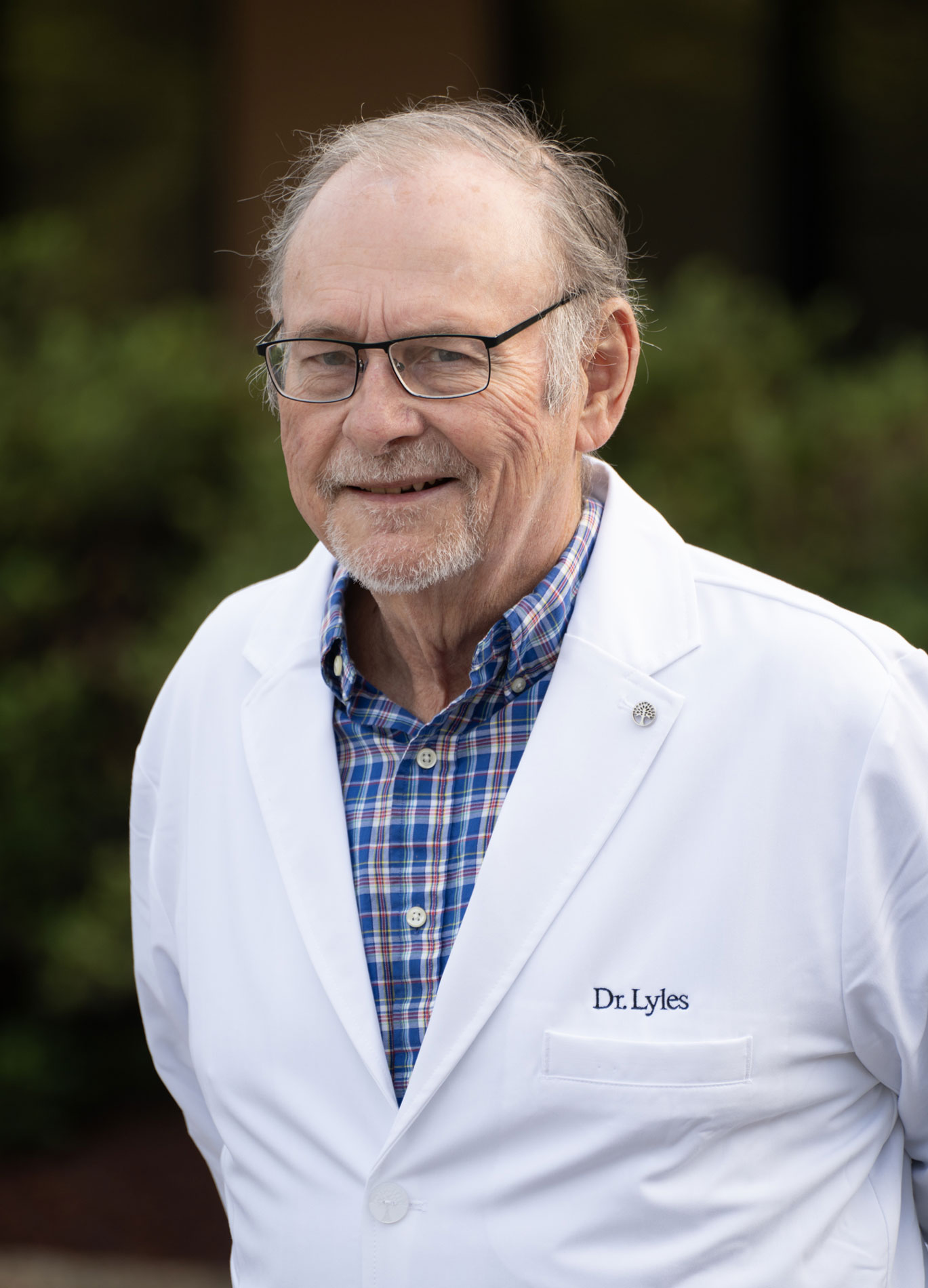
National Park Medical Center announces new doctor in Village Clinic
June 24, 2025National Park Medical Center is pleased to welcome general family practitioner Dr. Fred Lyles to its medical staff. Dr. Lyles will practice alongside APRN Marie McKnight at NPMC’s HealthCenter at Hot Springs Village.
Learn more -

National Park Medical Center honors three nurses with DIASY Award
June 18, 2025National Park Medical Center awarded three nurses with The DAISY Award® For Extraordinary Nurses. Joy Speers, a licensed practical nurse on the Senior Care Unit, and Sarah Spears and Michael Acosta, both registered nurses on the Intensive Care Unit, were honored with the award in a recent ceremony.
Learn more -

National Park Medical Center to welcome Cardiology APRN
June 17, 2025National Park Medical Center is pleased to announce the addition of Family Nurse Practitioner Tanya Williams to its team at National Park Cardiology Associates.
Learn more -

National Park Medical Center Names 2025 Mercy Award Winner
May 07, 2025Gaily Wyrick recognized for demonstrating compassion and providing outstanding service to patients, hospital and local community
Learn more -
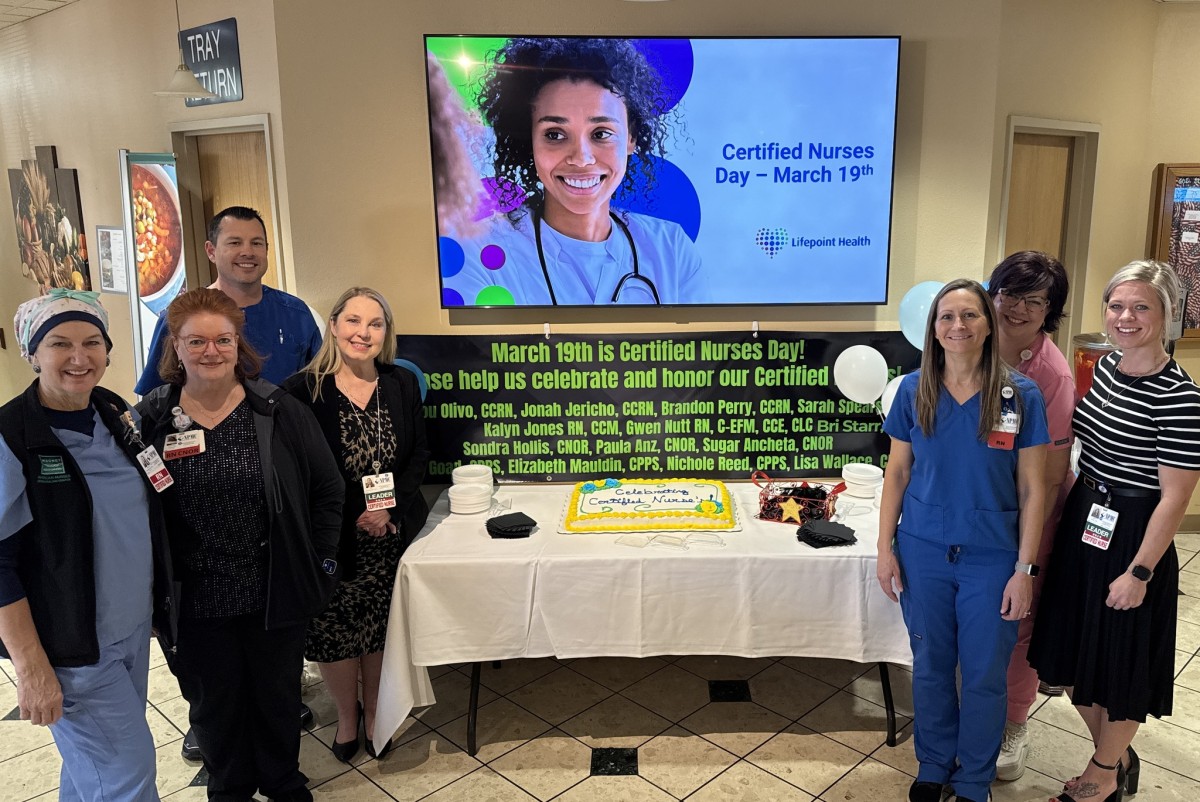
NPMC Celebrates Certified Nurses Day
March 19, 2025National Park Medical Center is celebrating Certified Nurses Day, March 19, by honoring its board-certified nurses.
Learn more -
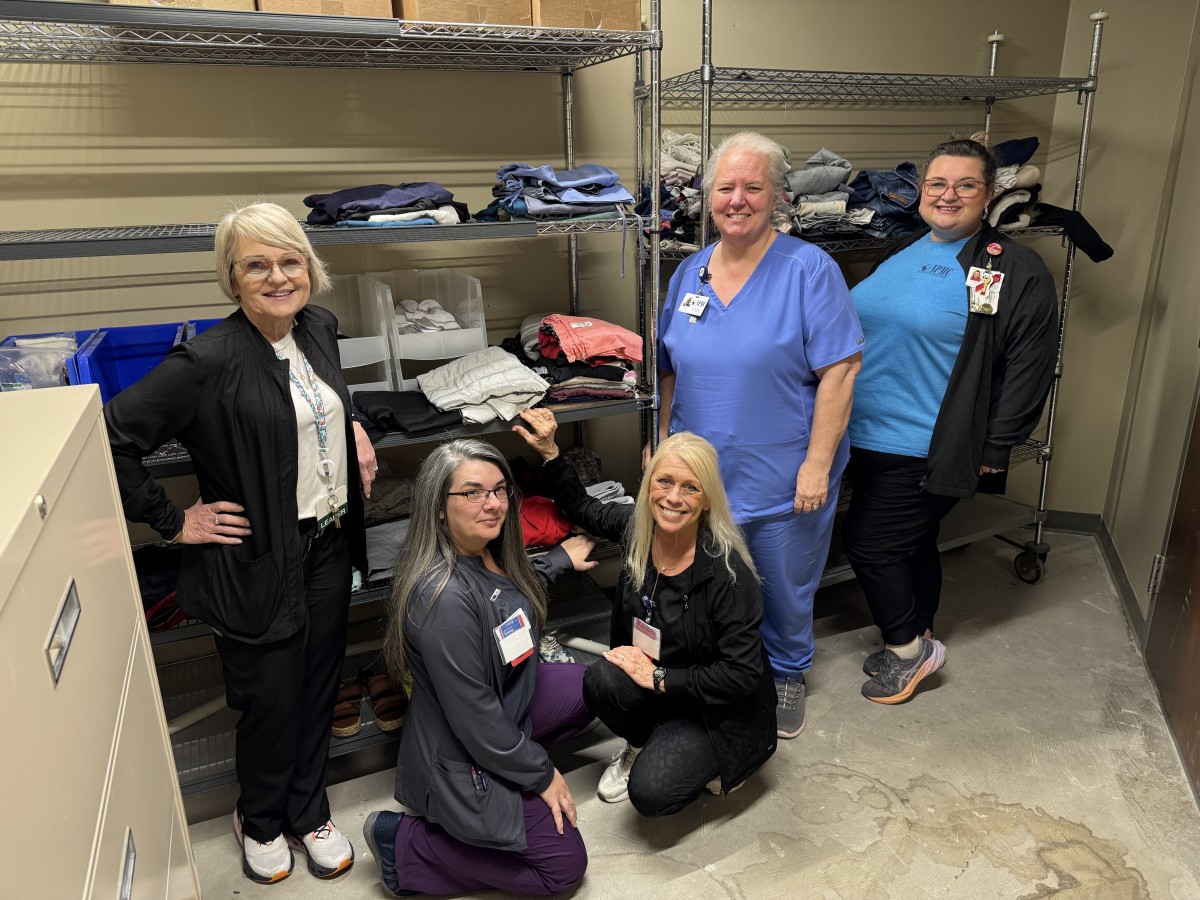
National Park Medical Center Case Management opens clothing closet
February 25, 2025National Park Medical Center’s Case Management Department has opened a clothing closet for patients in need following their stay.
Learn more -
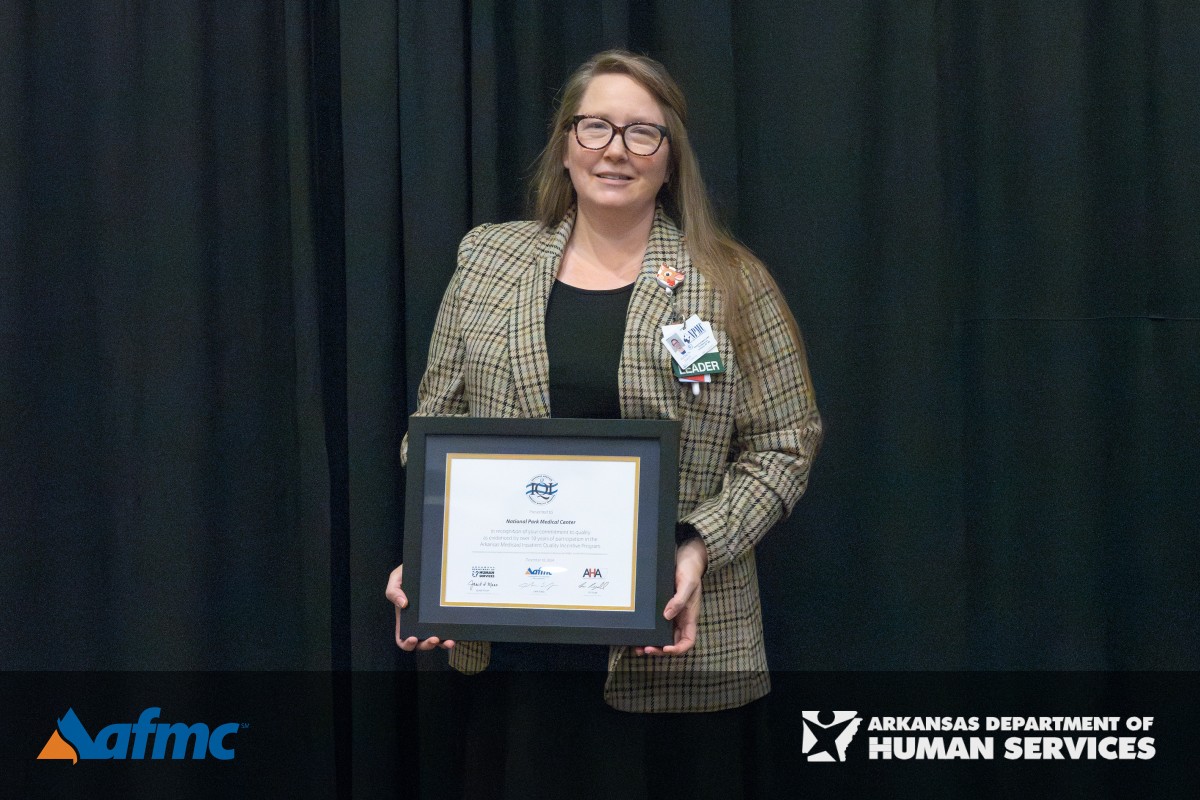
National Park Medical Center recognized for Quality
February 04, 2025National Park Medical Center recently earned an award from Arkansas Medicaid and the Arkansas Foundation for Medical Care (AFMC) as part of the annual Inpatient Quality Incentive (IQI) program. National Park Medical Center was recognized for its dedication of consistent participation of 10 or more years in the IQI program and for its efforts toward improving the health of Arkansans.
Learn more -

National Park Medical Center recognizes nurse who goes above and beyond
January 08, 2025Destiny Norwood of National Park Medical Center’s Intensive Care Unit was recently honored with The DAISY Award® For Extraordinary Nurses. The award is part of the DAISY Foundation's programs to recognize the super-human efforts nurses perform every day.
Learn more -
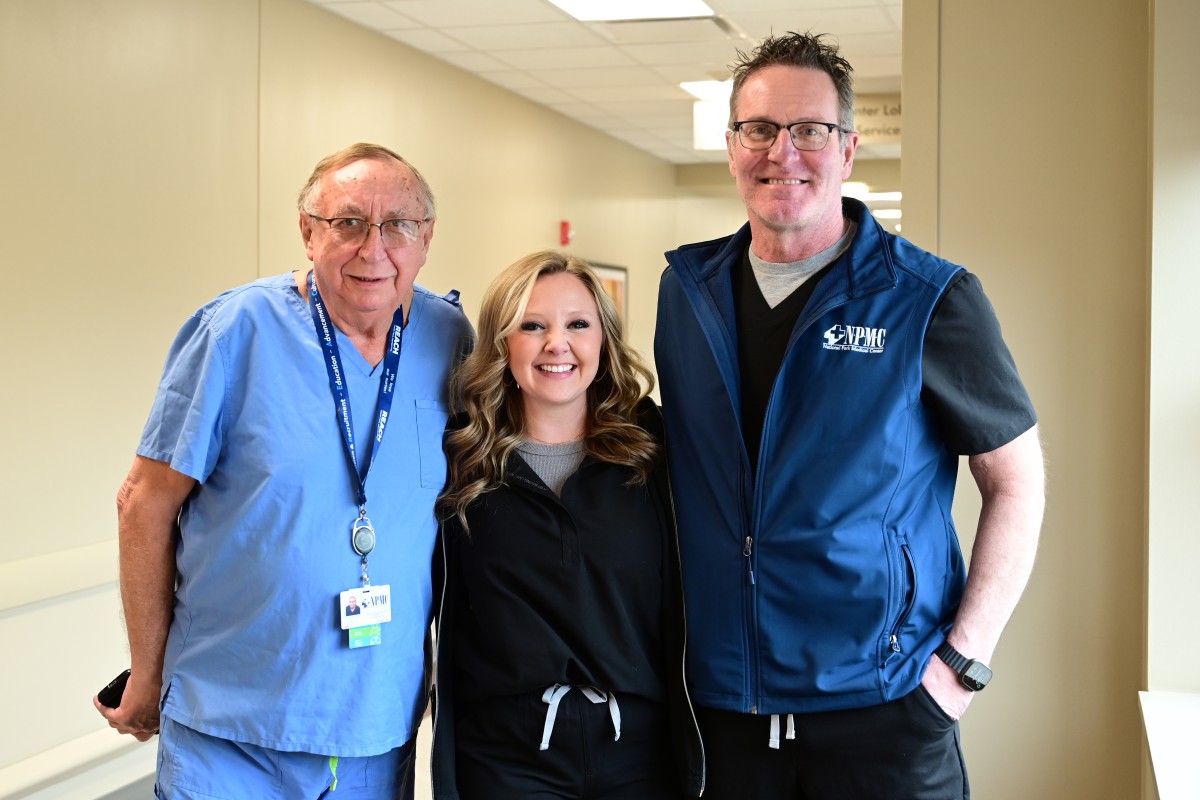
NPMC Welcomes board-certified OB/GYN Pittman Moore to its staff
January 07, 2025National Park Medical Center is pleased to welcome general obstetrician and gynecologist Dr. Pittman Moore to its medical staff. Dr. Moore will practice alongside ARPN Whitney Griffith at National Park Physicians for Women.
Learn more
